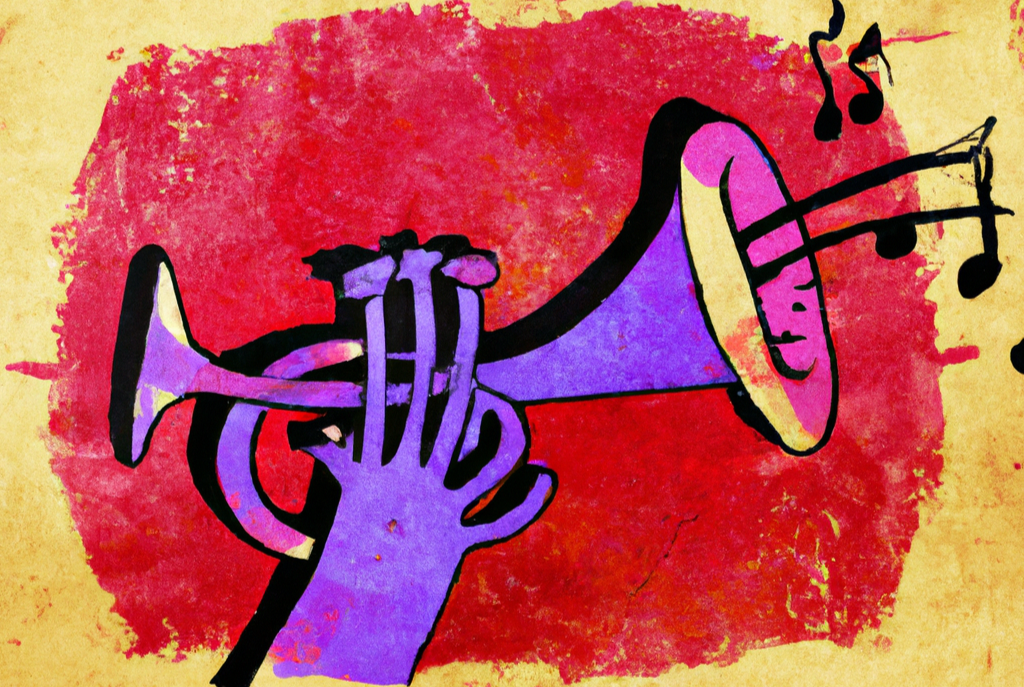
In the realm of trumpet playing, mastering scales is a fundamental step toward unlocking the full potential of your musical expression. Scales provide the foundation for understanding tonality, developing finger strength and dexterity, and honing your ability to navigate the trumpet’s range seamlessly. In this comprehensive guide, we’ll delve into the world of trumpet scales, exploring their significance and providing a step-by-step approach to help you enhance your proficiency.
Understanding the Significance of Scales
Scales are the building blocks of music, and their mastery is essential for any trumpet player aiming to become a well-rounded musician. They form the basis for melodies, harmonies, and improvisation, serving as a crucial tool for expressing musical ideas. By familiarizing yourself with scales, you gain insights into the structure of different musical genres and can effectively communicate within diverse musical contexts.
Exploring Various Scales in Trumpet Playing
The trumpet offers a vast range of scales, each contributing its unique flavor to your musical palette. Begin with the foundational major and minor scales, understanding their intervals and patterns. Move on to explore modes, such as the Dorian, Mixolydian, and Aeolian modes, expanding your harmonic vocabulary. Experiment with pentatonic and blues scales to infuse your playing with a touch of jazz and blues influences. The more diverse your scale repertoire, the more versatile and expressive your trumpet playing becomes.
Developing Finger Strength and Dexterity
Mastering trumpet scales isn’t just about memorizing patterns; it’s also about developing the physical skills needed to execute them with precision and fluidity. Regular scale practice enhances finger strength and dexterity, improving your overall technique on the instrument. Start with slow, deliberate practice, ensuring each note is clear and well-articulated. Gradually increase the tempo as your fingers become more accustomed to the patterns. Incorporate scale exercises into your daily practice routine to build endurance and control.
Navigating the Trumpet’s Range Seamlessly
Scales are invaluable for honing your ability to navigate the trumpet’s range seamlessly. As you progress, challenge yourself with scales that cover the entire span of the trumpet, from the low register to the high notes. Pay attention to your breath control and embouchure, ensuring a consistent and controlled sound across the entire range. This not only enhances your technical proficiency but also allows you to express a wide range of emotions through your playing.
Practice Routines for Scale Mastery
To master scales effectively, incorporate them into your practice routines. Start with a focused warm-up session, playing through different scales in a comfortable range. Gradually expand to more challenging keys and incorporate scale variations, such as thirds, arpeggios, and broken chords. Utilize metronomes to work on precision and timing. Additionally, explore creative ways to practice scales, such as incorporating them into improvisation sessions or playing along with backing tracks.
Conclusion: Elevating Your Trumpet Artistry
Mastering trumpet scales is a journey that goes beyond technical proficiency; it’s about unlocking the true artistry of your playing. By understanding the significance of scales, exploring various types, developing finger strength, navigating the trumpet’s range, and incorporating them into your practice routines, you elevate your trumpet playing to new heights. Scales become not just exercises but powerful tools for expressing your musical voice, making your trumpet playing more nuanced, dynamic, and captivating.
In your quest to master trumpet scales, remember that consistency and creativity in practice are key. Embrace the journey, experiment with different scales, and let the beauty of their patterns enrich your musical expression on the trumpet. May your scales be the stepping stones to greater artistry and a deeper connection with the soulful language of music.
